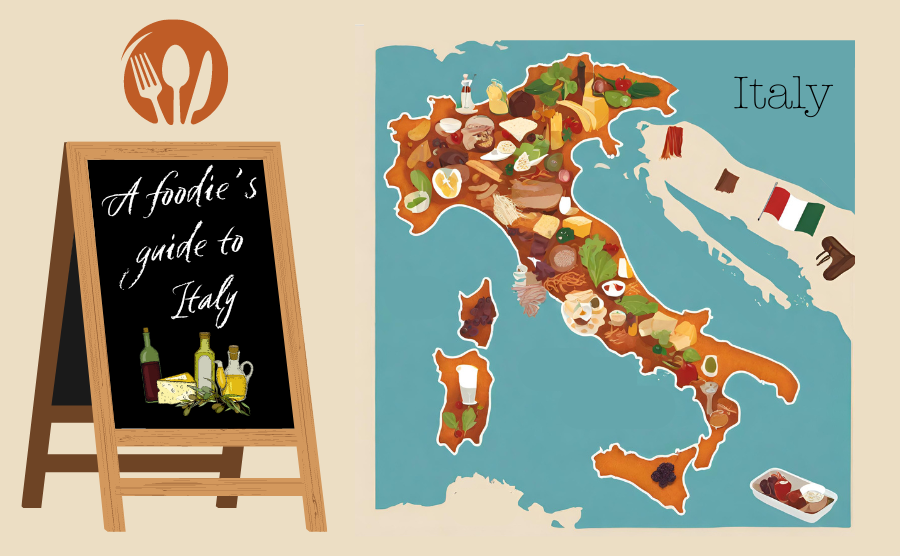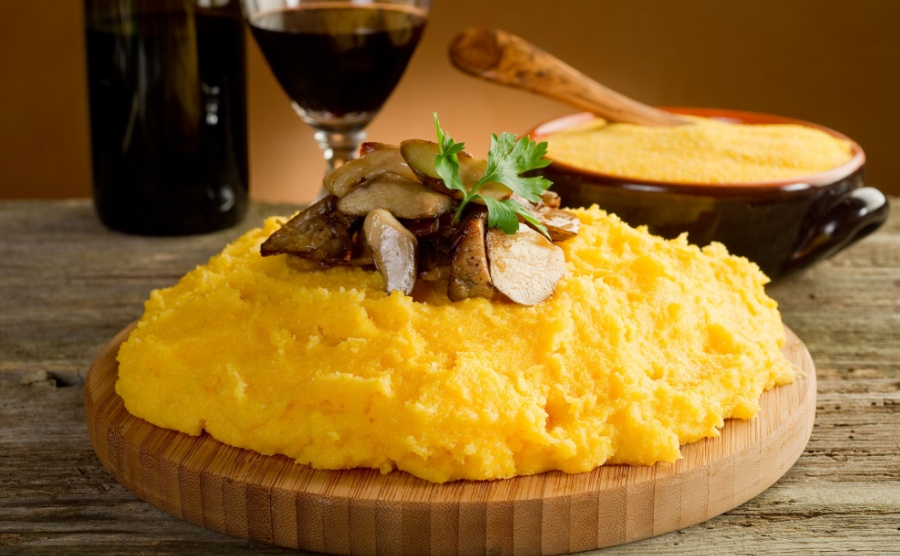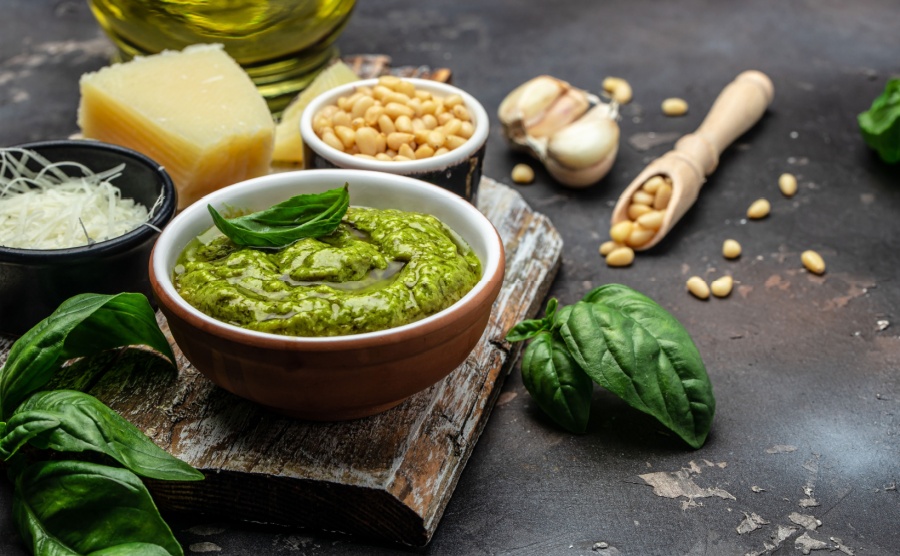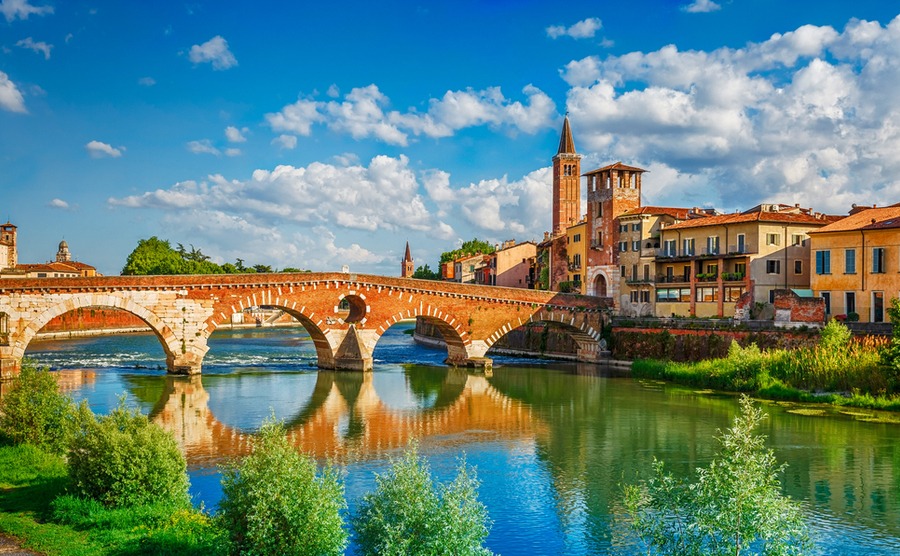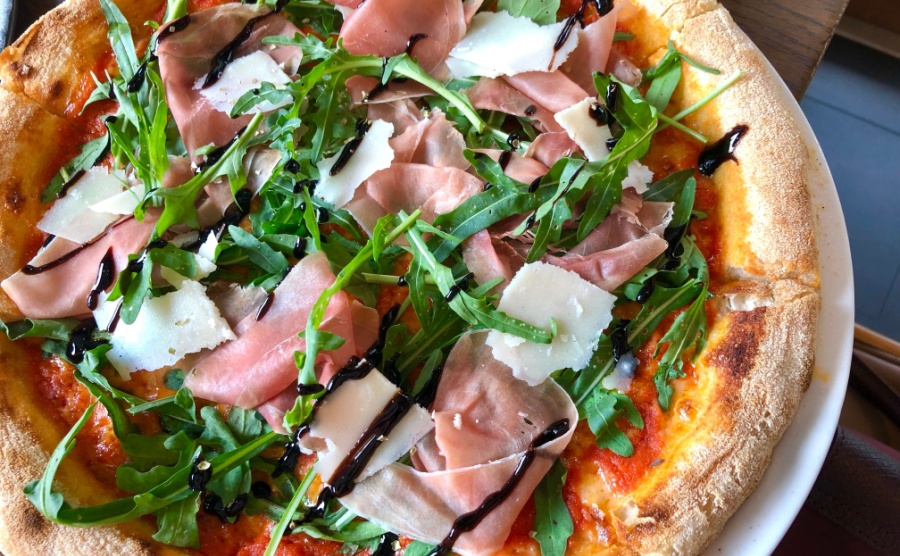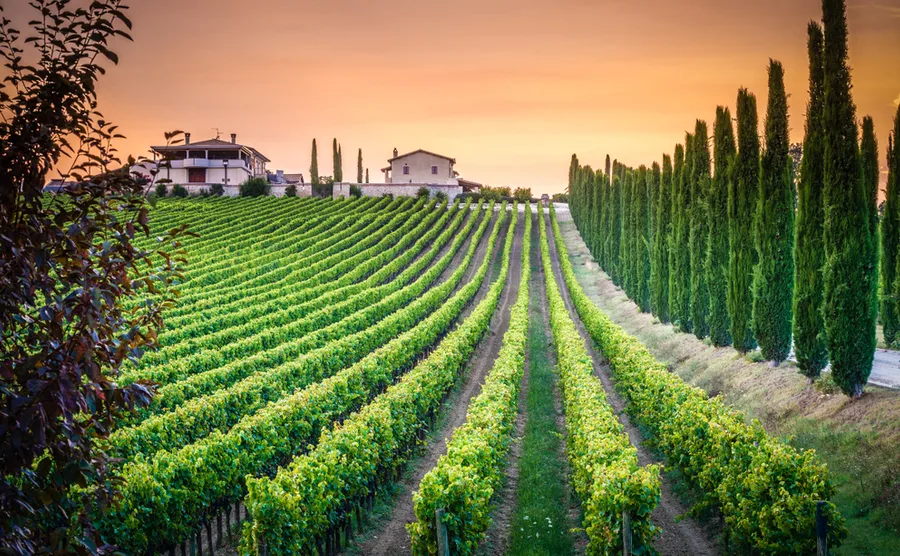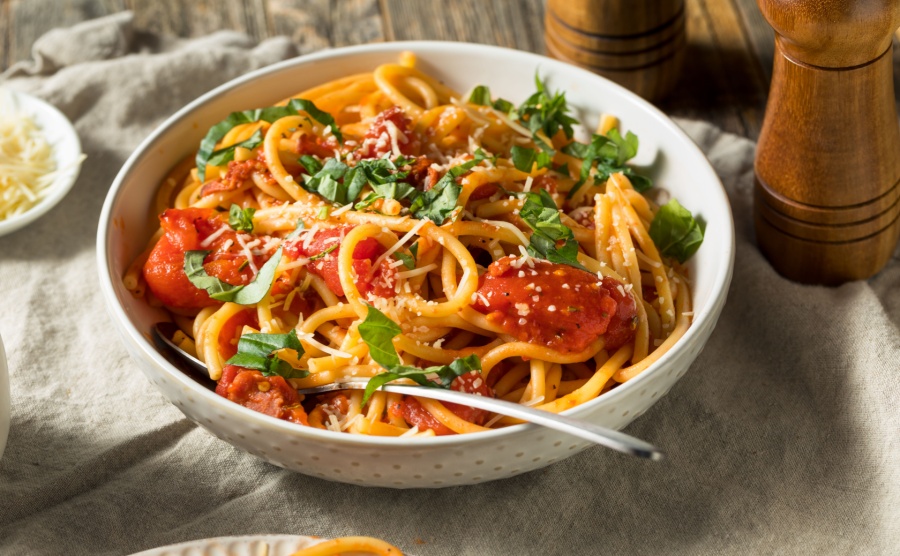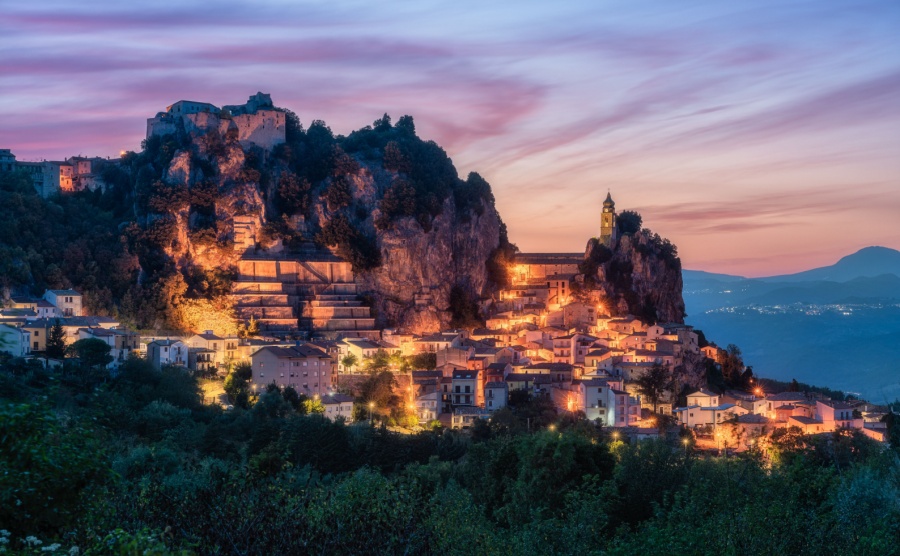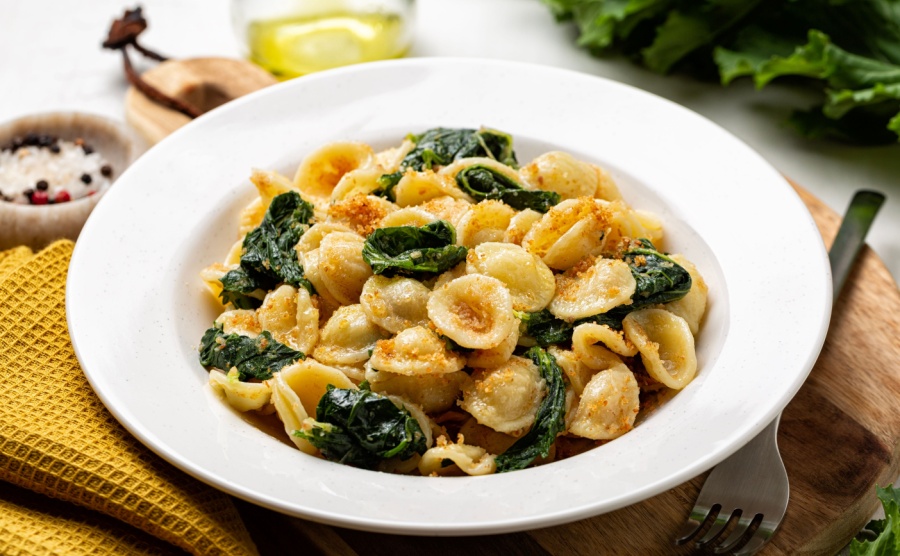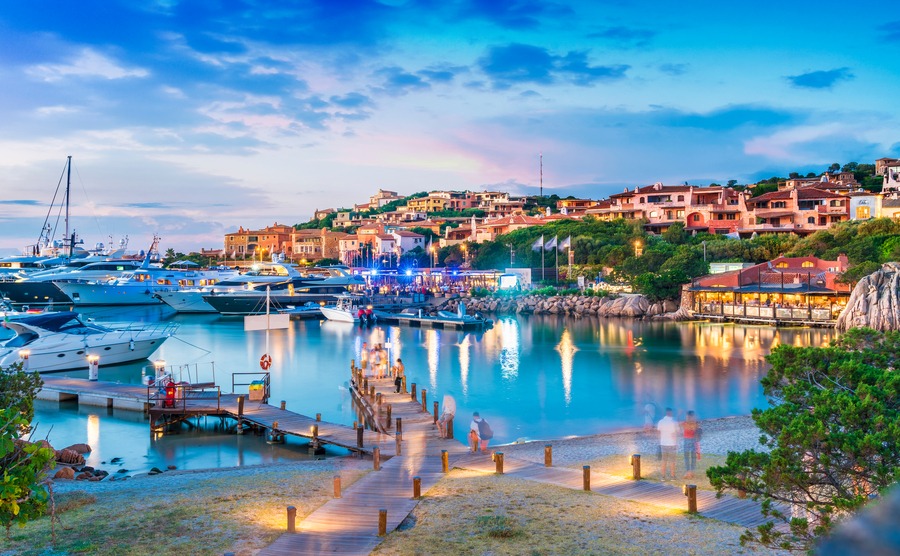If the key to your heart is through your stomach, you’ll be spoilt for choice in Italy! The country is renowned for using local produce to create incredible dishes of flavour. Each region has its culinary specialities and for foodies, this information could influence your property search!
To enjoy the best Italian food in Italy, you should eat what the locals eat, and try their speciality dishes, when the ingredients are in season. Every family, village and town will have favourite meals, they eat regularly, or on festival days. Ask for the recipe, and stick to it exactly. Nonna won’t appreciate her tried and tested recipe being messed about with. It has likely been passed down for generations.
Even a pasta dish will taste different depending on the type of tomato, cheese, herbs, and pasta shape found in the area.
Find homes in Italy via our property portal.
If you haven’t decided which region to live in, maybe the thought of a Florentine steak in Tuscany, a Neapolitan pizza in Campania, or a Carbonara in Lazio, will help guide your taste buds to the best Italian foodie region that will suit you best.
There is such a variety of great cuisine in Italy, that it would be impossible to list all the specialities. However, I have endeavoured to give you a taste of what food you might typically eat in each region.
A foodie’s guide to Italy
Val d’Aosta
Val d’Aosta (Aosta Valley) is a small, mountainous region in the far northwest corner of Italy. The mountain climate and produce grown lend themselves to meals that are warm and filling. Such as polenta, cheese fondue, farmhouse soup, and veal cutlets with fontina cheese and ham.
Piedmont
Piedmont is a region in the North West of Italy famous for the city of Turin, chocolates, truffles and world-renowned wines. Two superb wines from this region are BarolBarbarescoeresco, which perfectly complement the cuisine. Specialities of Piedmont include Pork and lentils; beef; veal with tuna and caper sauce; pasta with white truffles and Bagna Cauda (a sauce made with garlic, olive oil, anchovies and butter.)
Italy is Europe’s largest rice producer, and Piedmont is the continent’s largest rice-growing region. More than half of Italy’s rice production is in Piedmont. In the plains of Vercelli, Novara, and Alessandria, traditional varieties are grown, such as Carnaroli, Sant’Andrea, Arborio, and Baldo. As a result, risotto is regularly seen on dinner tables.
Liguria
Liguria is the region along the coast below Piedmont. Most famous for the pretty villages that make up the Cinque Terre. Although, Pesto alla Genovese is the most successful food export of the region there are several other great dishes in Liguria.
There is a delicious savoury pie made with chickpea flour, which at Easter is made with vegetables, cheese and egg. Other culinary delights to try are cheese focaccia and pasta parcels. Note also that the local basil in Liguria has small and delicate leaves creating a more delicate pesto than that tasted in other regions.
Lombardy
Lombardy is a large region in the North of Italy, known for the glamourous city of Milan and lakes Como and Maggiore. The region has varied landscapes, from plains and hills to lakes and mountains. Therefore, what grows in each area is reflected on the table. For example, a local variety of large pumpkins, known as Zucca Mantovana, is used in the Mantua area as a base for many dishes, such as Pumpkin Tortelli.
Veal is popular, particularly as cutlets and veal bone marrow. As well as being eaten locally, many processed meats and dairy products from Lombardy are exported.
Rice has been cultivated around Pavia and Lomellina since around 1400. No wonder then, that a speciality of the region is Milanese risotto with saffron. However, stuffed pasta and polenta are also popular with Lombards. Then there is the famous “Panettone”, a traditional Christmas cake which originated in Lombardy.
Veneto
The region of Veneto in the northeast, is home to Venice, Lake Garda, and Verona. From the mountains down to the sea, the different areas are known for their fine wines and diverse selection of local dishes. Go inland and you find borlotti beans growing in the Belluno area. Then there are the red radishes of Treviso, asparagus from Bassano, and rice from the lower Veronese.
The Venetian culinary tradition also has influences from the rest of Europe, Northern Africa and the Middle East. Dishes vary from Liver and onion to anchovies, and rice with peas to sardines. A local speciality is the “Mooeche”, which are soft-shell crabs of the Venetian Lagoon.
Trento Alto Adige
Trentino Alto Adige is a region in the northeast of Italy, mostly known for hiking and skiing in amazing scenery, with the Dolomites as its famous backdrop. The area is hugely influenced by Austrian culture, architecture and food. Food typical of Trento Alto Adige includes savoury bread dumplings, omelettes, gnocchi, speck, and delicious apple strudel.
Emilia Romagna
Emilia Romagna is probably the most famous region when it comes to great food products. Who hasn’t heard of Parma Ham? Balsamic vinegar from Modena?, or Parmesan cheese (Parmigiano Reggiano)? Then of course there is Ragu’ alla Bolognese, traditionally served with tagliatelle pasta. Which is the inspiration behind what the British and Americans call ‘Spaghetti Bolognese’. Other specialities of Bologna are mortadella and Tortellini pasta parcels.
Tuscany
Tuscany is very popular with both tourists and house buyers. Eat out in any of the cities, such as Florence, Lucca, Pisa and Siena and you won’t be disappointed. Food typical of Tuscany includes Crostini, which are small toasted slices of bread often topped with a chicken liver pate.
Meat dishes are always popular, especially wild boar and the famous Florentine steaks. These steaks come from the meat of the Chianina breed of cow, bred locally.
Other popular dishes include vegetable soup, a meat-based pasta sauce called Ragu’ Toscano, Pici pasta from Siena, and cheese from Pienza. Truffles are another speciality, best tasted at the White Truffle Festival in San Miniato in November.
Umbria
Below Tuscany is the green heart of Italy, the region of Umbria. This wonderful area is famous for charming towns and villages, such as Assisi, Orvieto, Perugia, Spoleto and Spello. Thanks to the oak woods and acorns, this is the perfect place to breed pigs. The pork of young pigs is stuffed with herbs to produce an Umbrian delicacy called “Porchetta”. Which, once sliced, is served in rolls, as an antipasto or main course.
The Umbrian town of Norcia is also famous for wild boar, from which they produce “Norcina”, which can be eaten as cured, boar sausages or prosciutto. Sausage is also used in the Umbrian Lentil soup, along with carrots, potatoes, rosemary garlic and basil.
Umbria is also well known for its truffles, legumes, grains and cheeses. Then to compliment the cheese board are the Prosciutto di Norcia and Salsiccia Secca (air-dried sausages).
Chocolate lovers will adore Umbria. Perugina and Baci are the most well-known chocolate brands, which can be bought in supermarkets. But there are also smaller businesses selling handmade chocolates and chocolate liqueurs.
Marche
The region of Le Marche is located in central Italy and boasts beautiful hills, forests, and beaches. Local cuisine is based on good home cooking. There are several homemade pasta shapes, including lumache, which is shaped like a snail. A much-loved pasta bake is called Vincisgrassi.
The local flatbread is called Crescia, which goes well with Ciauscolo (Spreadable Salami) and Olive Ascolane (A meat-filled fried olive from Ascoli).
Lazio
Rome is located in the beautiful region of Lazio. The most well-known dishes of the region are undoubtedly Pasta alla carbonara, Cacio e Pepe (black pepper, pecorino romano cheese and pasta), Bucatini all’Amatriciana (tomato-based pasta sauce typical of Amatrice), Gnocchi alla Romana (round semolina disks, with a crust of pecorino cheese), Abbacchio (lamb), Tripe and Porchetta di Ariccia.
Lazio side dishes include artichoke, lettuce, green beans and puntarelle. Puntarelle is a type of chicory grown only in the regions of Apulia, Campania and Lazio. In Rome, you will find it with garlic and anchovies in a salad called Puntarelle alla romana.
Abruzzo
Abruzzo is a mountainous region in the heart of Italy, characterized by stunning mountains and hearty food. A typical meal in Abruzzo might include lamb skewers, pasta in broth, Spaghetti alla chitarra or Mortadella from Campotosta.
Some of the quintessential foods from Abruzzo are Saffron from the Navelli plateau, near L’Aquila and liquorice from Atria. Then there are the colourful sugar-coated almonds from Sulmona and nougat from Aquila.
Molise
Molise is a small region in the South of Italy. Despite being fairly unknown by foreign tourists due to its small size and lack of an airport, it has a beautiful landscape and great food. The local pasta shape is Cavatelli and popular cheeses include the mild-flavoured Caciocavallo di Agnone and Caprino di Monfalcone goat cheese.
An unusual conserve called Composta Molisana is made with pears, grapes, tomatoes, onions, pepper and carrots. At food festivals, you will see oven-cooked marinated pork called Pampenella. Lamb is used in various stew-type dishes and fish (Baccala) is cooked in a pan in the ashes of the fire. The fish is seasoned with pine nuts and walnuts, raisins, olives, breadcrumbs and cherry tomatoes.
Campania
Visitors to Campania head to Naples, Sorrento and the Amalfi Coast. The region is home to many incredible dishes. The most well-known of course is Pizza Napoletana. The preparation of which is now listed by Unesco as an intangible heritage. With all the wonderful tomatoes grown locally, you also can’t beat the flavour of Ragu’ Campano. Other well-known specialities include Gnocchi, mussels, rabbit and soups.
A delicious local meat dish, named “Braciole”, is meat rolls with pine nuts and sultanas cooked in fresh tomatoes. When dining near the coast, you might also want to try octopus, mussel stew or spaghetti with mussels.
Buffalo mozzarella is made from the milk of the Italian Mediterranean water buffalo. It is traditionally made in Campania, especially in the provinces of Caserta and Salerno. Buffalo mozzarella from Campania bears the trademark “mozzarella di bufala campania”. In 1993, it was granted “denominazione di origine controllata” (DOC) status.
Puglia
Puglia is the region that forms the heel of the Italian boot. A region of beautiful countryside and beaches, it is also home to several UNESCO World Heritage sites such as Alberobello and Castel del Monte. With long hot summers, you will find pasta, bread, salad, seafood and fruit popular here.
The local pasta is Orecchiette which means “small ears”. Usually, it is served with turnips or broccoli and dressed with a tomato-based sauce with a sprinkling of ricotta forte.
Bread is bought from the local baker, the most famous being Pane di Altamura. Bakers also sell taralli, which are small rings of crispy bread dough with oil. If you love pizza and also like a soft bread texture try the focaccia. It’s great with salad or to take to the beach. Another great snack food is Panzerotti, which is deep-fried pockets of dough filled with tomato and mozzarella.
The most well-known sweet of Puglia is the Pasticciotti, a small shortcrust pastry pie filled with cream and a sour cherry.
Calabria
Calabria is the foot part of the Italian boot. A long region with coastal and mountainous landscapes famous for flavoursome and peppery foods. Like many southern and rural areas of Italy, Calabria’s tradition of cucina povera (peasant cuisine) boasts some of the most simple, yet flavoursome, comfort foods!
The most famous of all foods from Calabria is ‘Nduja, which is a tasty, peppery type of sausage. However, the most prized ingredient by foreign chefs is the purple onions of Tropea. These wonderful onions have a sweet flavour, which means they can be used in dishes without cooking.
While recipes vary across the region, the aromas of cinnamon, cloves, nutmeg, oregano, wild fennel and chilli pepper still fill the streets at lunchtime. Competing with the aroma of homemade bread straight out of the oven.
Sardinia
The beautiful island of Sardinia offers dishes inspired by both the sea and its countryside areas. Sardinian specialities near the coast include pasta with saffron and seafood, or spaghetti with sea urchins. Inland you can enjoy lamb with artichokes, veal stew, or roast suckling pig cooked on the spit.
The local pasta dish is Culurgiones filled with potato, pecorino cheese, animal fat, garlic, olive oil and mint leaves, in a tomato sauce. However, Sardinia’s most famous pasta shape is “Malloreddus” which is curly with ridges.
Sicily
While being mainly based on grains, vegetables, and fish, Sicilian cuisine is both varied and rich. The fertile soils and mild climate result in there always being something fresh and in season to use in your cooking. This is the land of oranges and lemons, fresh herbs, olives, pistachios, almonds, and prickly pears. No wonder they came up with such sweet delights as the Cannoli, Torta Setteveli, and Cassata Siciliana.
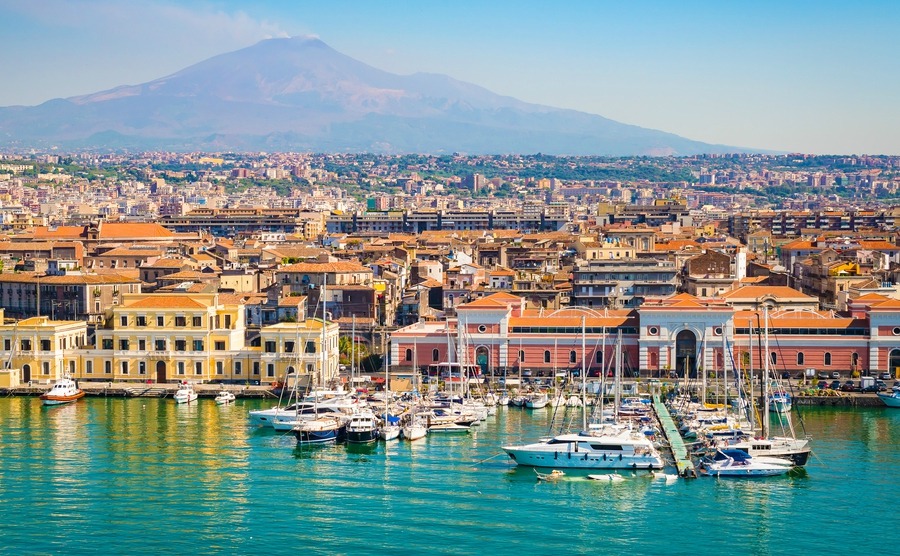
Catania’s stunning natural setting and delicious cuisine are both a big plus if you’re thinking of buying property in Sicily.
Even the street food is amazing. Such as Panelle, which are fritters made from chickpea flour served in sandwiches. Also try the “Crocchè” (potato croquettes), and the famous “Arancina” rice ball, which are stuffed with tomato sauce, peas and meat (Arancina con Carne) or stuffed with ham, béchamel and cheese (Arancina al burro) and then fried.
A popular pasta dish is “Pasta con le Sarde” (Pasta with sardines). This sounds pretty basic, but the recipe often calls for wild fennel, pine nuts, raisins, almonds, saffron, onion, anchovy, pepper, and olive oil. There are many fish dishes to enjoy using tuna, sea urchins, swordfish, clams, mussels, octopus etc. with them all being readily available.
Find out more about “Why Italian food is the way to health, happiness and long life”.


 Property Guides
Property Guides France
France Portugal
Portugal Spain
Spain Italy
Italy USA
USA Ireland
Ireland Greece
Greece Cyprus
Cyprus Australia
Australia New Zealand
New Zealand Canada
Canada Turkey
Turkey UK
UK